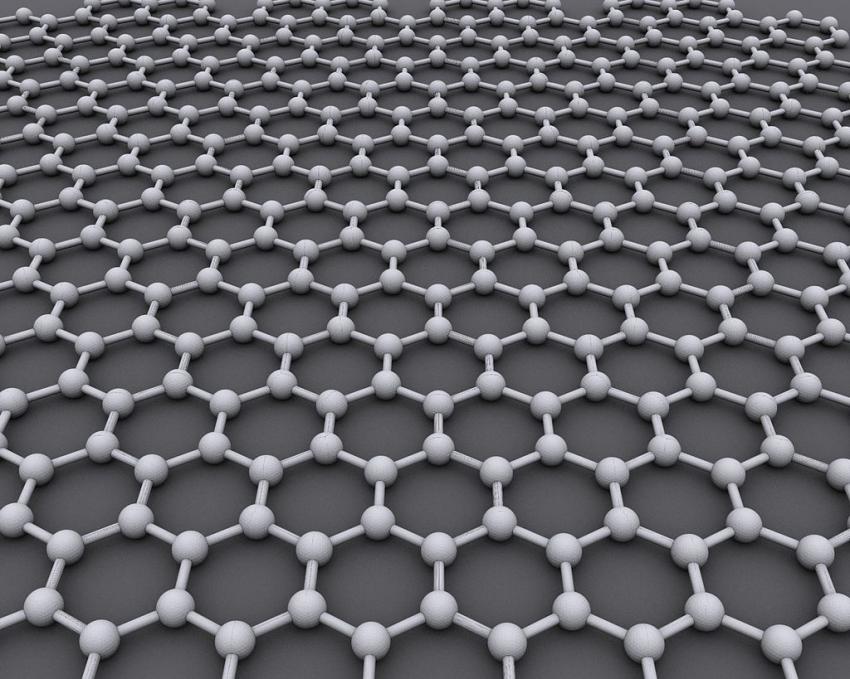Obtaining useful work from random fluctuations in a system at thermal equilibrium has long been considered impossible. In fact, in the 1960s eminent American physicist Richard Feynman effectively shut down further inquiry after he argued in a series of lectures that Brownian motion, or the thermal motion of atoms, cannot perform useful work.
Now, a new study published in Physical Review E titled “Charging capacitors from thermal fluctuations using diodes” has proven that Feynman missed something important.
Three of the paper’s five authors are from the University of Arkansas Department of Physics. According to first author Paul Thibado, their study rigorously proves that thermal fluctuations of freestanding graphene, when connected to a circuit with diodes having nonlinear resistance and storage capacitors, does produce useful work by charging the storage capacitors.
The authors found that when the storage capacitors have an initial charge of zero, the circuit draws power from the thermal environment to charge them.
The team then showed that the system satisfies both the first and second laws of thermodynamics throughout the charging process. They also found that larger storage capacitors yield more stored charge and that a smaller graphene capacitance provides both a higher initial rate of charging and a longer time to discharge. These characteristics are important because they allow time to disconnect the storage capacitors from the energy harvesting circuit before the net charge is lost.
2023-08-19 02:00:04
Article from phys.org rnrn
